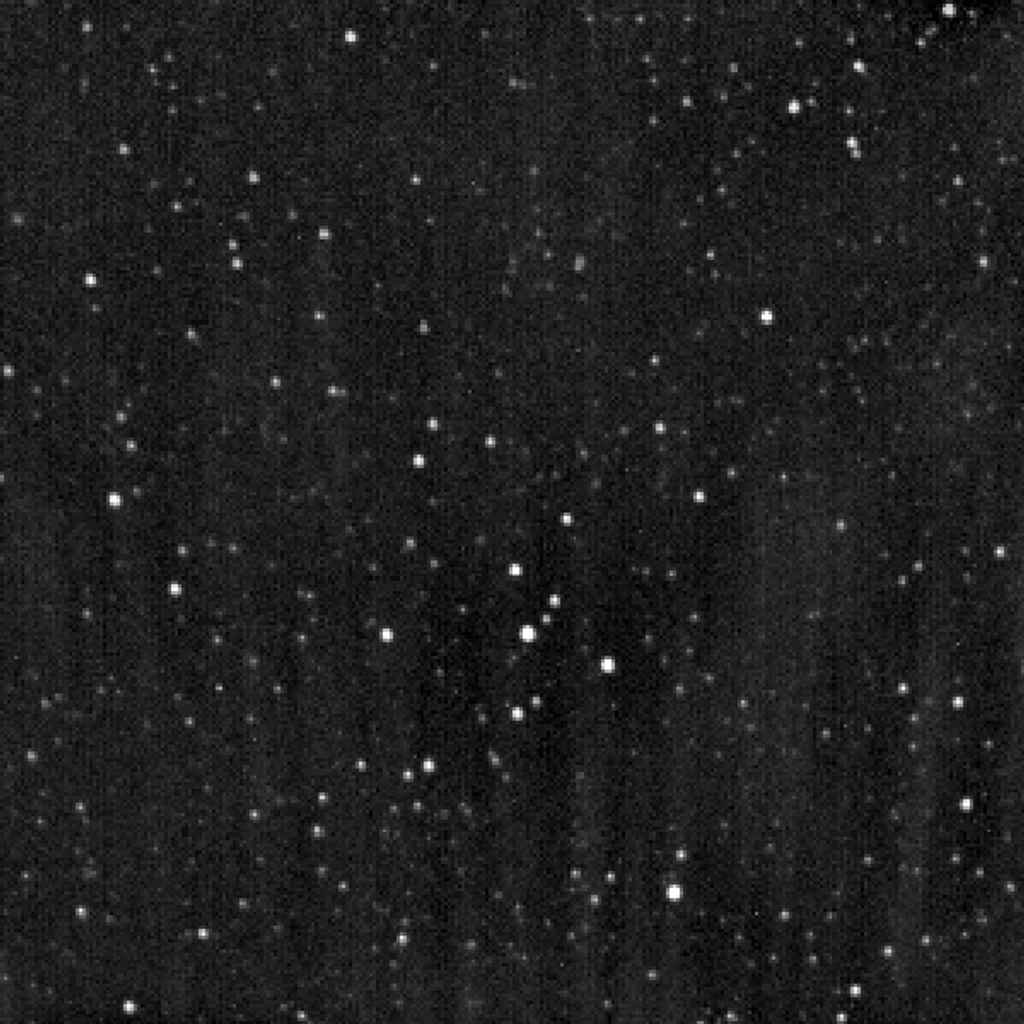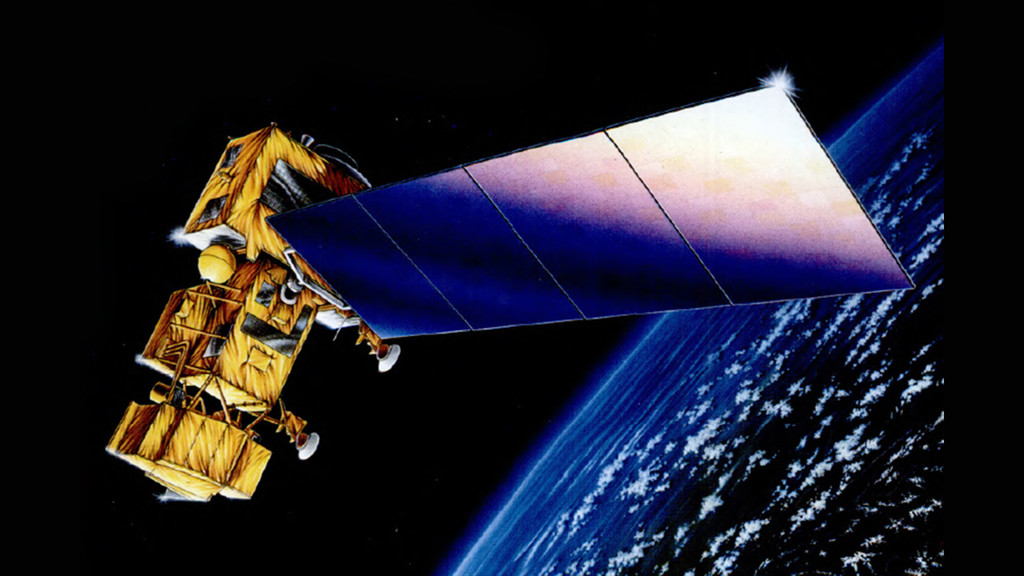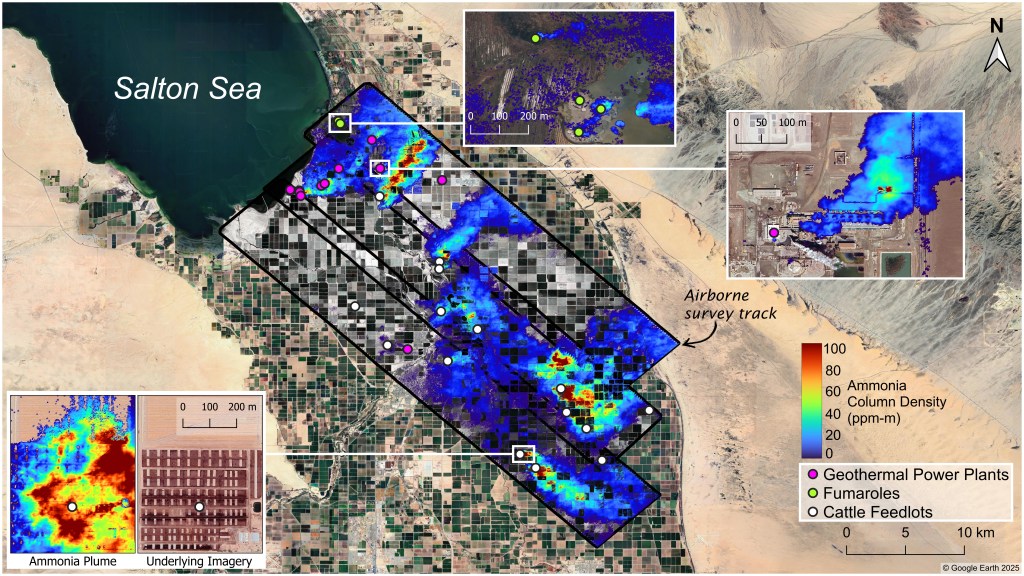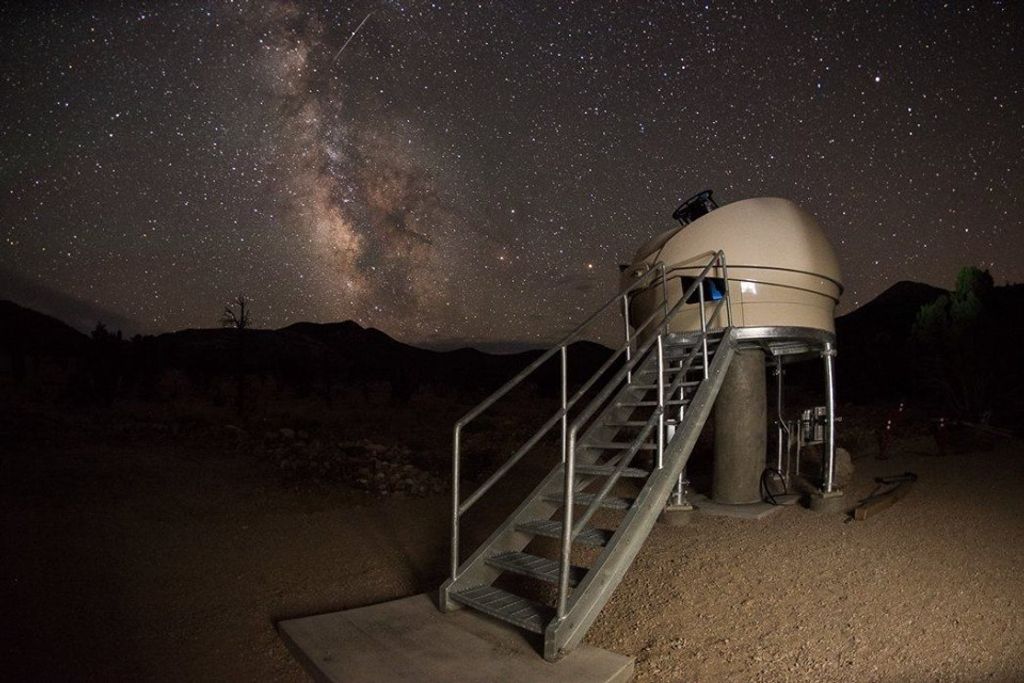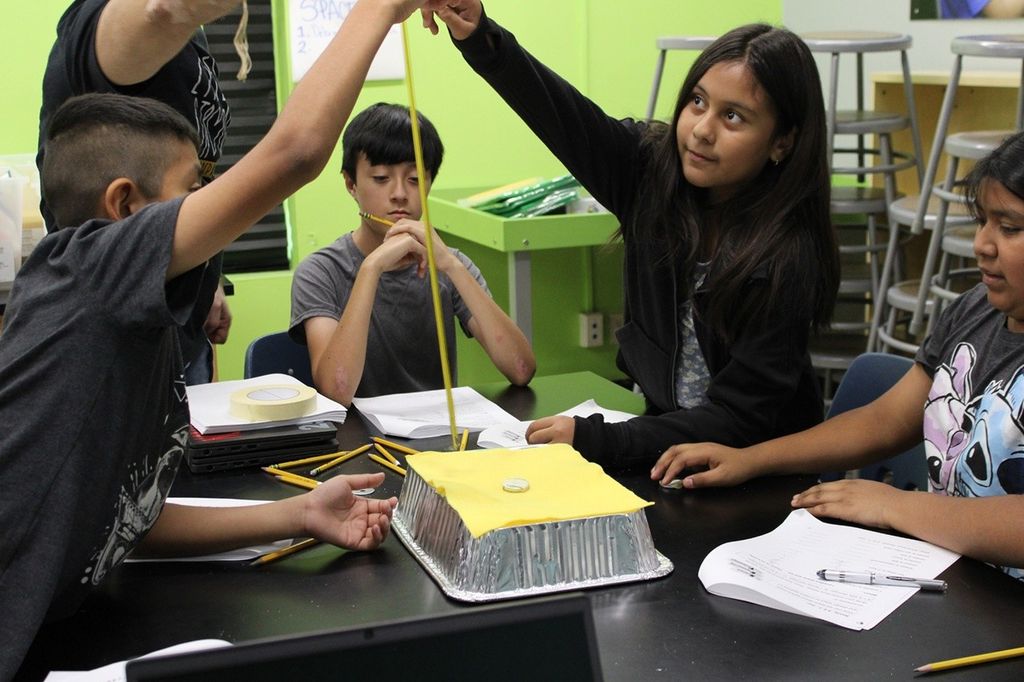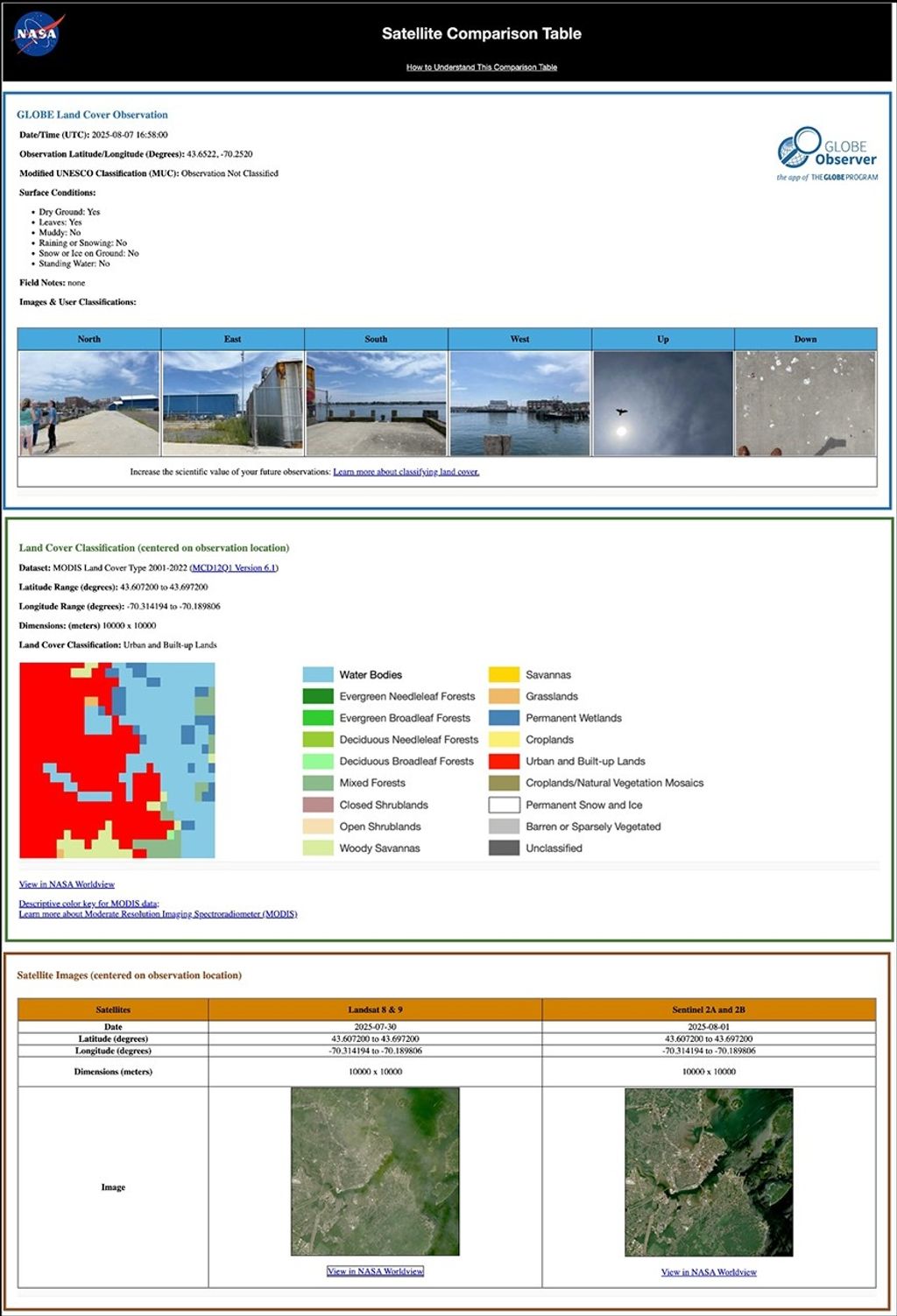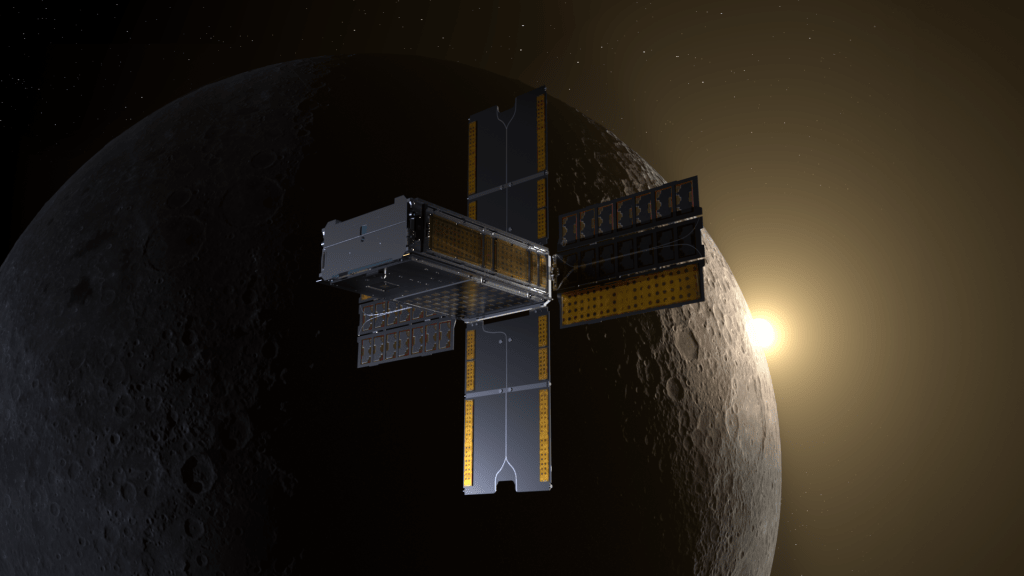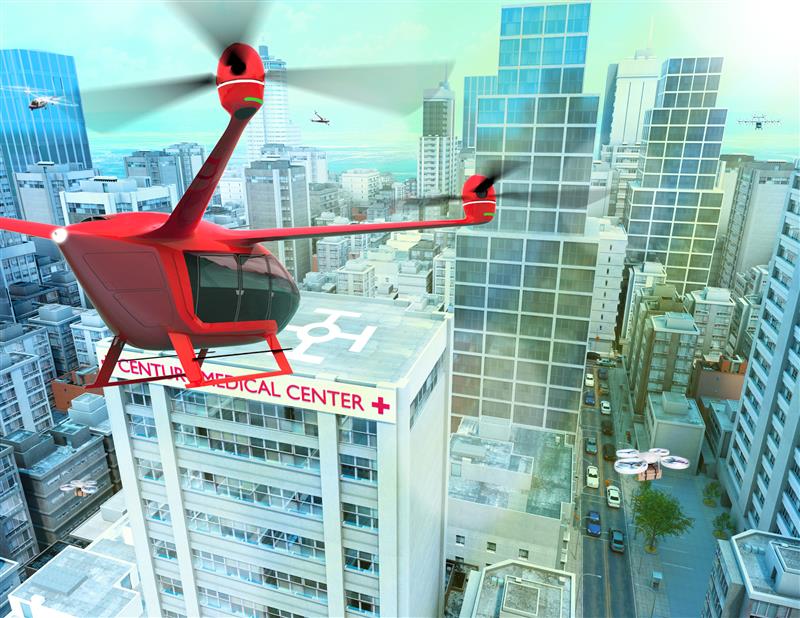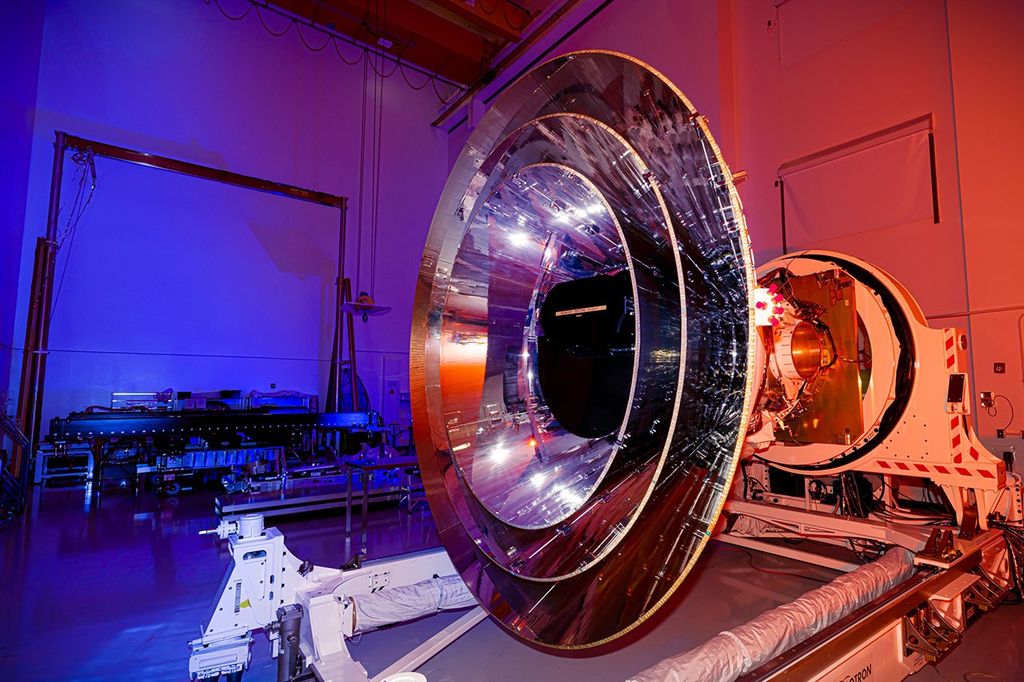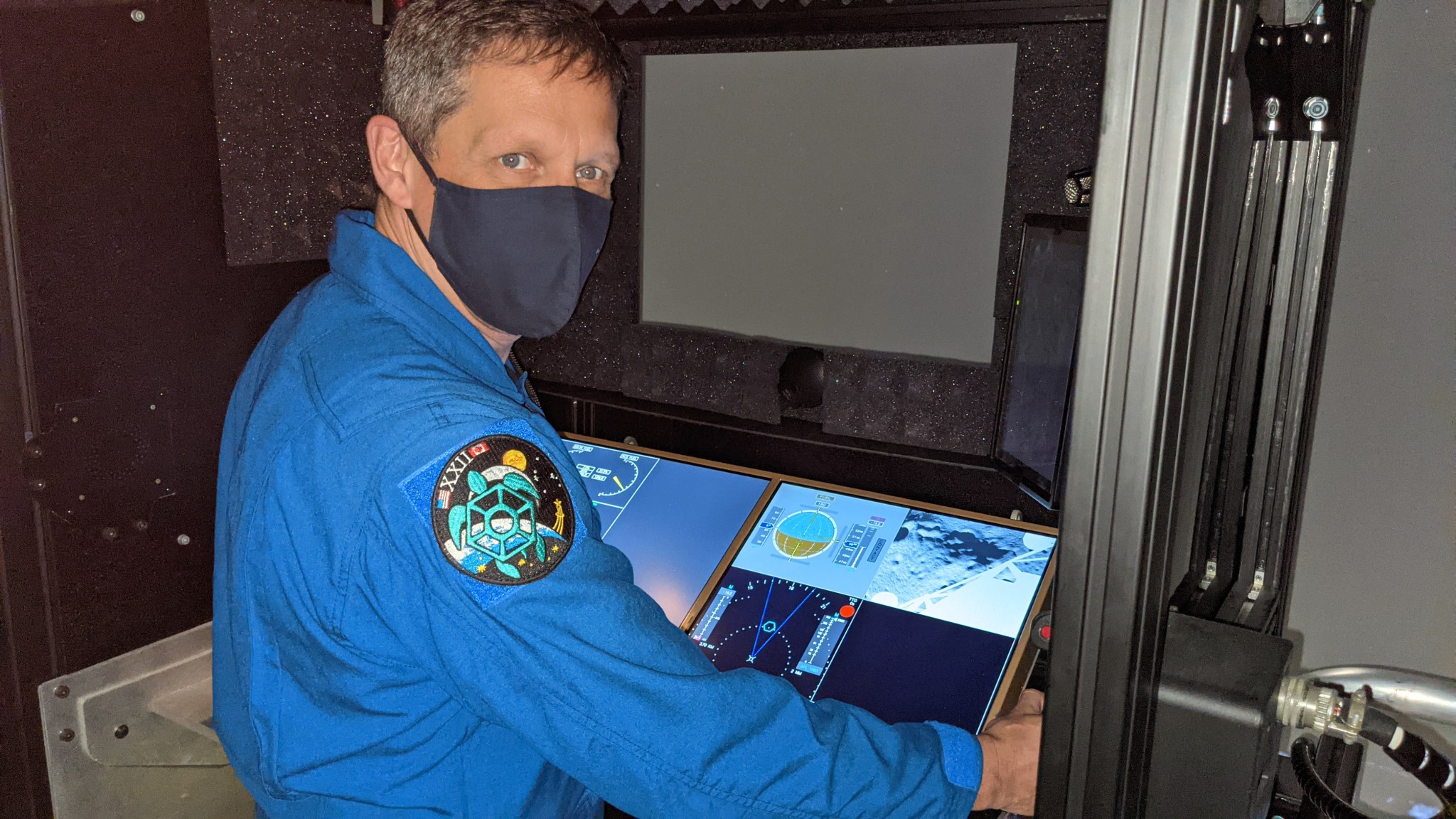Last time humans stepped foot on the Moon, astronauts had only their eyes to help them land. With all of the new technologies developed in the last 50 years there are a lot of new concepts for how to make lunar landings safer and easier and to open up lunar areas for exploration.
Astronauts, including one from the Artemis crew, are visiting NASA’s Langley Research Center in Hampton, Virginia to check out Langley’s lunar flight deck simulator and learn about potential landing systems.
“Robert Hines and I came to NASA’s Langley Research Center to go check out the hardware there for learning how to land on the Moon, the hardware for designing the landing and the flight control systems necessary to go land on the Moon, but most importantly to meet with the people who are experts in how to tell us what is in the flight control software to give the information to the pilot and how the pilot can interact with the system,” said Matthew Dominick, Artemis astronaut.
Hines and Dominick flew more than 30 simulations with different approach trajectories, multiple manual control laws and variations in control powers. They also looked at multiple display layouts and elements, and sensor capabilities.
The simulation sessions allow researchers to assess the implications of various concepts on the trajectory design, displays, sensors, enhanced vision, handling qualities, and controls for manual and automatic control of human lunar landing vehicles.
“We’re looking at what information we want to show the pilot to improve landings,” said Jason Neuhaus, aerospace engineer. “How much data is needed to make decisions during landing and how late can the data be seen before it’s too late to change course.”
Display information could include altitude, attitude, speed, fuel, map views, and camera views.
“Engineers love data displays, but pilots not so much. There isn’t time to read everything so we’re looking to have all the most important information organized to where it is most useful to the pilot to make informed and quick decisions,” Neuhaus added.
In addition to control and display systems, researchers are testing the effect of different trajectories and view angles on flight time and fuel use. They are also plugging technologies like lidar views and hazard detection into the simulator. The simulation software itself is being customized to reflect potential Artemis landing sites.
“We don’t have a lot of data on the precise elevations around the lunar South Pole for instance, so NASA is patching different satellite overpasses together to improve our models,” Neuhaus said. “No one’s flown to the lunar surface in a long time, so we want to give the crew an idea of what to expect and what new technologies could be useful in future missions.”






